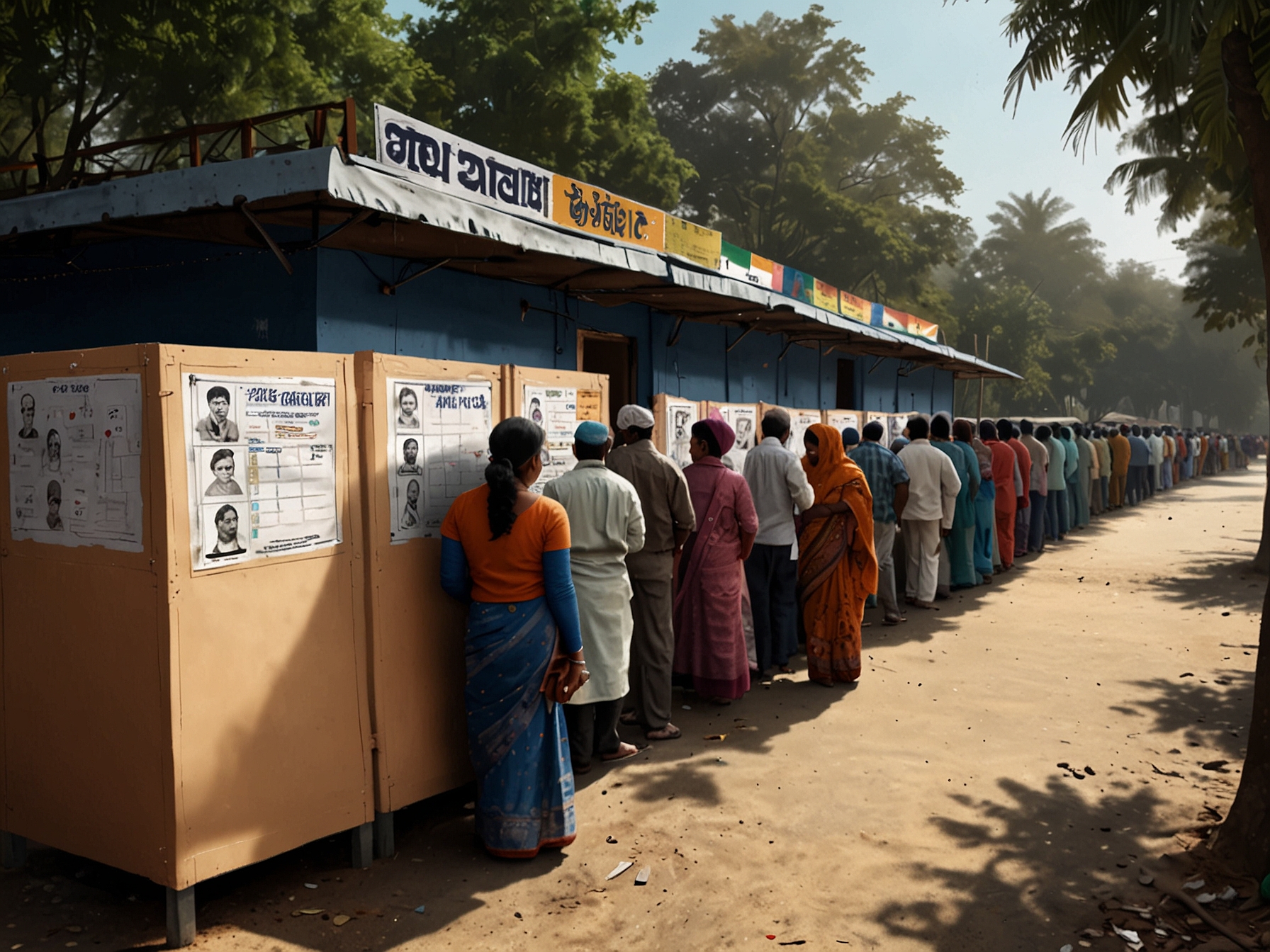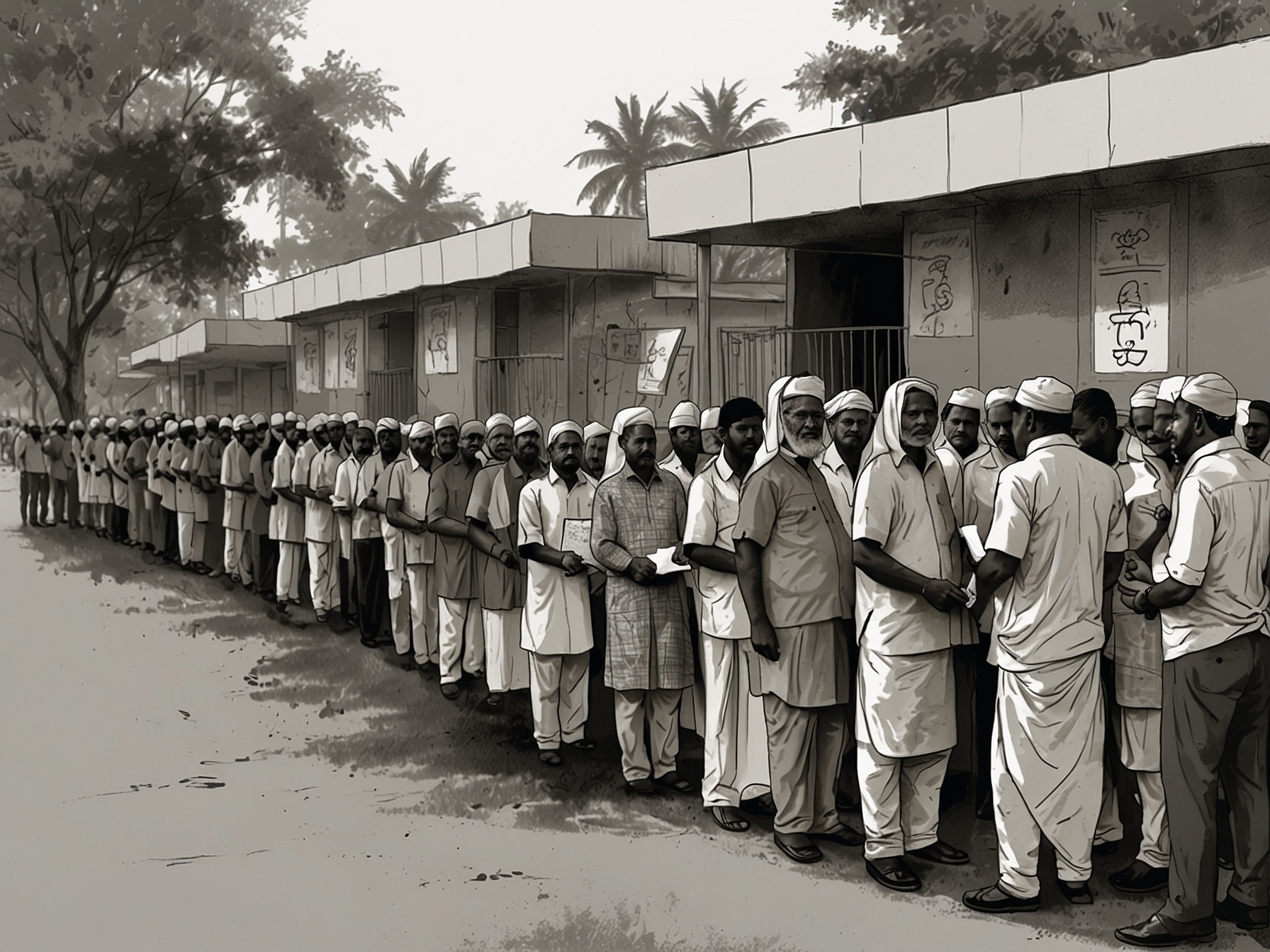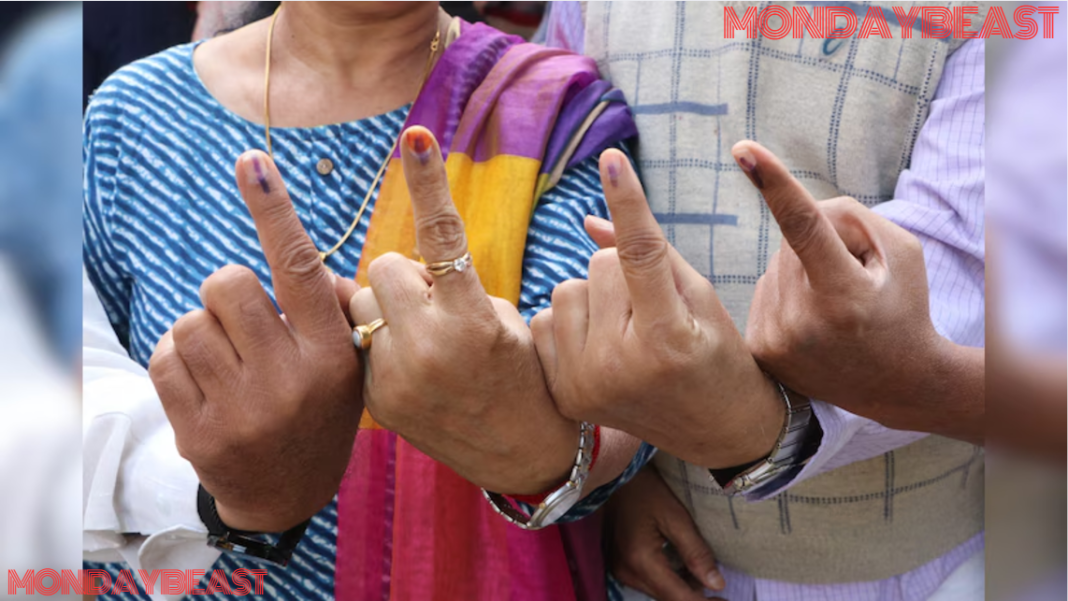In a pivotal electoral season, Maharashtra and Jharkhand have taken center stage, showcasing unique trends in voter participation. By 3 PM on Wednesday, Jharkhand recorded a notable 61.47% turnout, while Maharashtra lagged behind at 45.53%. What are the implications of these numbers? Voter turnout often reflects public sentiment and political engagement, raising questions about the state’s health. Why did Maharashtra’s numbers dip? Could it indicate voter apathy or dissatisfaction with local candidates?

The Jharkhand Phase II elections kicked off at 7 AM, with polling across 14,218 booths in 12 districts. The excitement of voters making their way to the booths is palpable. Over 12.3 million individuals were eligible, including 6.08 million women and a handful of third-gender electors. The highest turnout was recorded in Pakur. With 69.31% of eligible voters casting their ballots there, it begs the question: what motivates some to vote more than others? Is it a sense of civic duty or perhaps influential local leaders?
In stark contrast, Dhanbad’s reported turnout was just 56.32%. With 528 candidates vying for votes, including current Chief Minister Hemant Soren, the stakes are undeniably high. In an age where social media dominates our interactions, are traditional political campaigns still effective? Are younger voters being ignored in this electoral rush?

Shifting focus back to Maharashtra, a sprawling state with over 97 million eligible voters, voting began simultaneously at 7 AM and will continue until 6 PM. The increase in polling booths from 96,654 in 2019 to 100,186 now highlights a deeper effort to facilitate access. Yet, despite these efforts, the turnout tells a different story. Why is a state with such a powerful demographic struggling with voter engagement?
Gadchiroli led the way in Maharashtra with 62.99% turnout while Thane lagged at just 39.94%. Such discrepancies raise critical questions about socio-economic factors influencing voter participation. Is the local environment affecting turnout?

Even within political parties, disparities exist. Deputy Chief Minister Devendra Fadnavis’s Nagpur South-West seat recorded a modest 41.76%. Across the aisle, Ajit Pawar’s Baramati seat performed slightly better at 43.57%. Does this reflect an underlying sentiment towards the Mahayuti alliance led by the BJP?
The BJP-led alliances face strong opposition from the Maha Vikas Aghadi. With the Congress fielding 101 candidates and the Sharad Pawar-led faction putting forth 86, the election is a tightrope walk. Each party is fighting for its ideology and vision for Maharashtra. But amidst this fierce rivalry, how often do candidates connect with the voters at a grassroots level?
As the clock ticks toward 6 PM, the stakes grow higher. With potential voter turnout patterns emerging across states, what can be done to boost civic participation? Will the counting of votes on November 23 reflect the true will of the people? Elections have always been the bedrock of democracy, but we must ask ourselves: what does it mean to participate? And how do we, as informed citizens, ensure our voices are truly heard?




